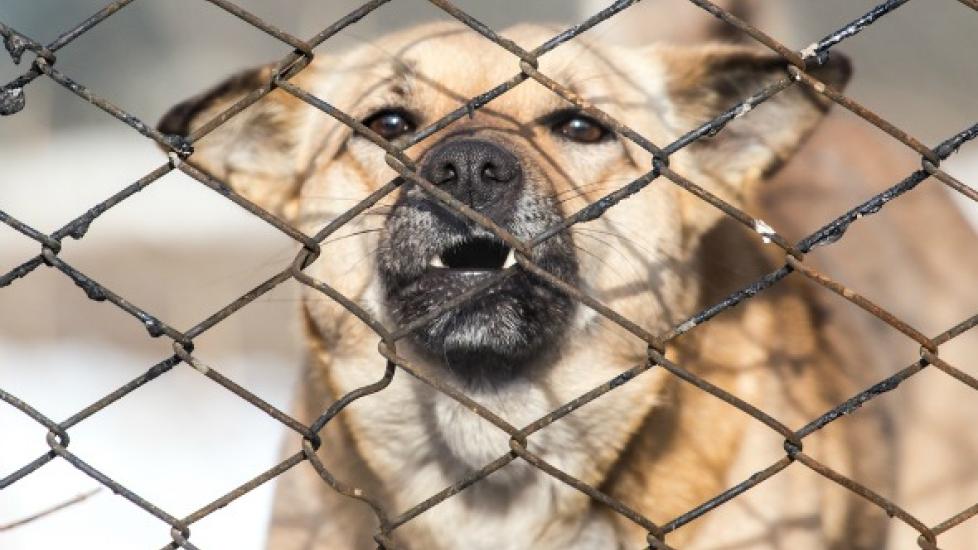In the world of canine companionship, few behaviors are as concerning to pet owners as aggression. Whether it’s directed towards other animals or humans, aggressive tendencies can be a significant challenge for dog owners, potentially leading to fear, anxiety, and even harm if left unchecked. Among various forms of aggression, possessiveness and territoriality stand out as two particularly common yet complex manifestations that require understanding and skilled management. This article aims to delve into these issues, providing insights on recognizing signs, understanding underlying causes, and implementing effective strategies to address and manage this behavior in dogs.
Understanding Possessive and Territorial Aggression
Before delving into solutions, it is crucial to recognize what sets apart possessive from territorial aggression. Possessive aggression arises when a dog becomes excessively protective of an item, such as food, toys, or even their owner. In contrast, territorial aggression occurs when a dog defends its living space against perceived intruders. Both types of aggression stem from the instinctual need to protect resources vital for survival, but they manifest differently depending on the trigger.
Signs of Possessive and Territorial Aggression
Owners should look out for several key indicators: growling, barking, snarling, stiff body posture, raised hackles, lunging, biting, or any combination thereof. These behaviors often escalate quickly and may initially seem like normal displays of dominance but can swiftly turn dangerous without proper intervention.
Causes of Aggressive Behavior
The roots of possessive and territorial aggression lie in both nature and nurture. Biologically speaking, all dogs have natural guarding instincts; however, certain breeds may be more predisposed due to their history (e.g., guard dogs). Environmental factors also play a role—a lack of socialization, abuse, neglect, stress, or changes in routine can exacerbate these tendencies. Additionally, incorrect training methods that reinforce fear-based responses rather than positive reinforcement can inadvertently encourage aggression.
Managing and Preventing Aggression
Effective management requires patience, consistency, and professional guidance. Here are some steps to take:
- Identify Triggers: Understand which situations provoke your dog’s aggression so you can avoid them or prepare accordingly.
- Positive Reinforcement Training: Use reward-based techniques to teach alternative behaviors and positively redirect your dog’s attention away from triggers.
- Desensitization Exercises: Gradually expose your dog to stimuli that might cause aggression while reinforcing calm and submissive responses with treats and praise.
- Professional Help: Work with a certified animal behaviorist, trainer, or veterinarian who specializes in behavioral modification. They can provide tailored advice based on your dog’s specific needs.
- Environmental Management: Implement physical barriers (like baby gates) to control access to areas or items that may trigger aggression.
- Regular Exercise and Mental Stimulation: Fatigue reduces stress levels and helps prevent frustration-induced aggression. Provide ample opportunities for play and mental challenges through puzzle toys or obedience games.
- Consistent Rules: Ensure everyone in the household follows the same rules to maintain structure and reduce confusion that could lead to unpredictable reactions.
Conclusion
Possessive and territorial aggression in dogs is not uncommon, but it is manageable with effort and dedication. By recognizing the early warning signs, understanding the root causes, and employing appropriate strategies, pet parents can create a safe environment where both pets and people can thrive together harmoniously. Always remember that each dog is unique, and what works for one may not work for another. Professional assistance is invaluable in developing a comprehensive plan tailored to your furry friend’s individual needs.
